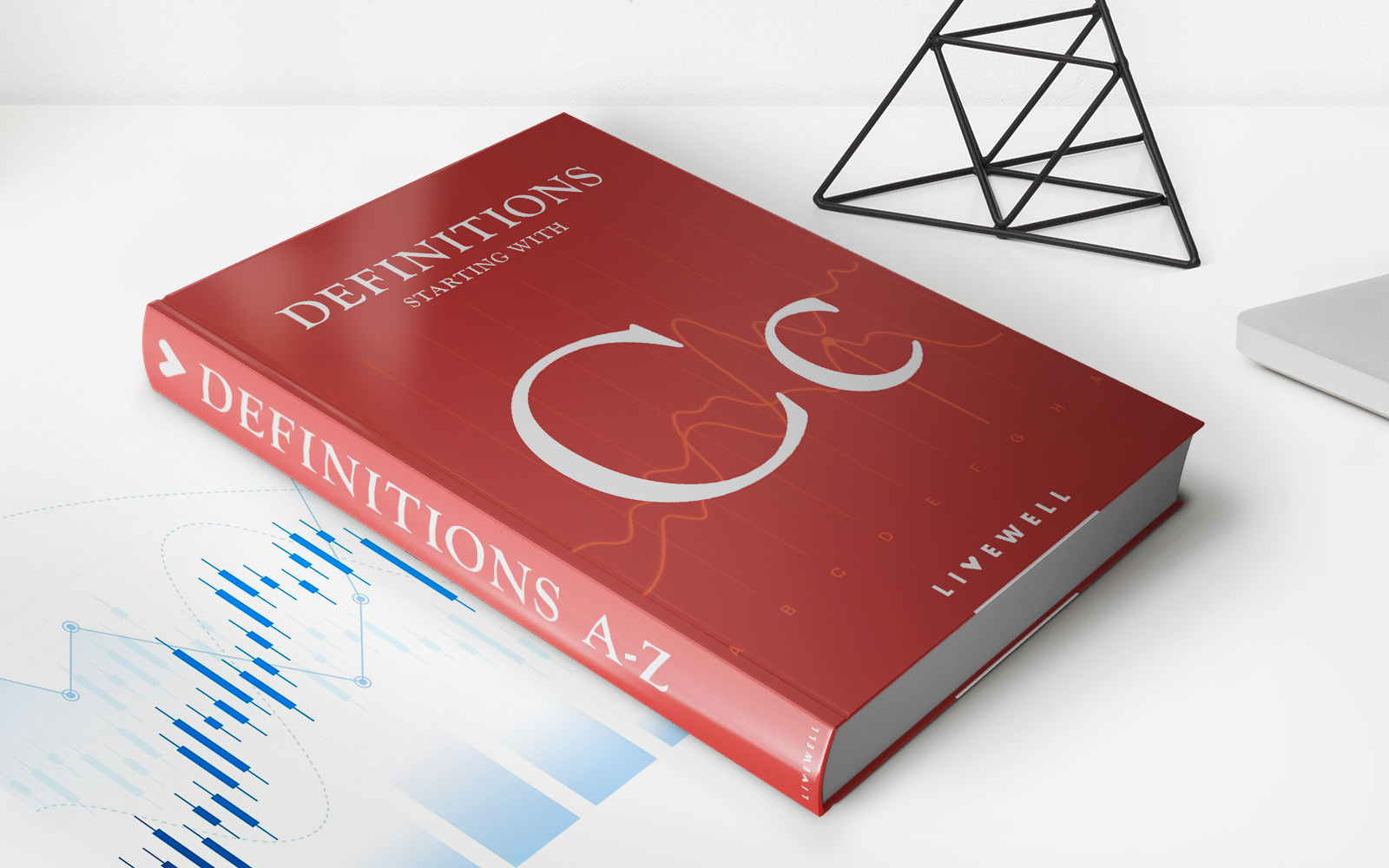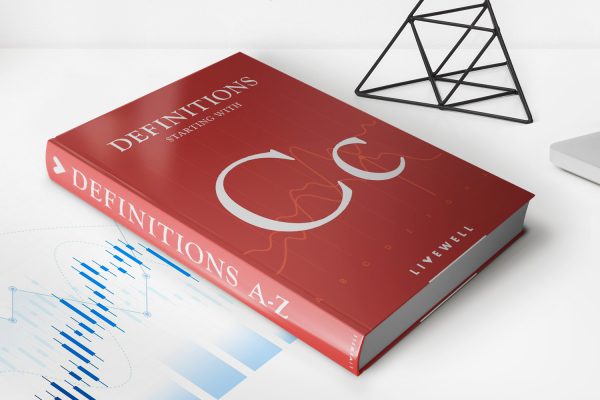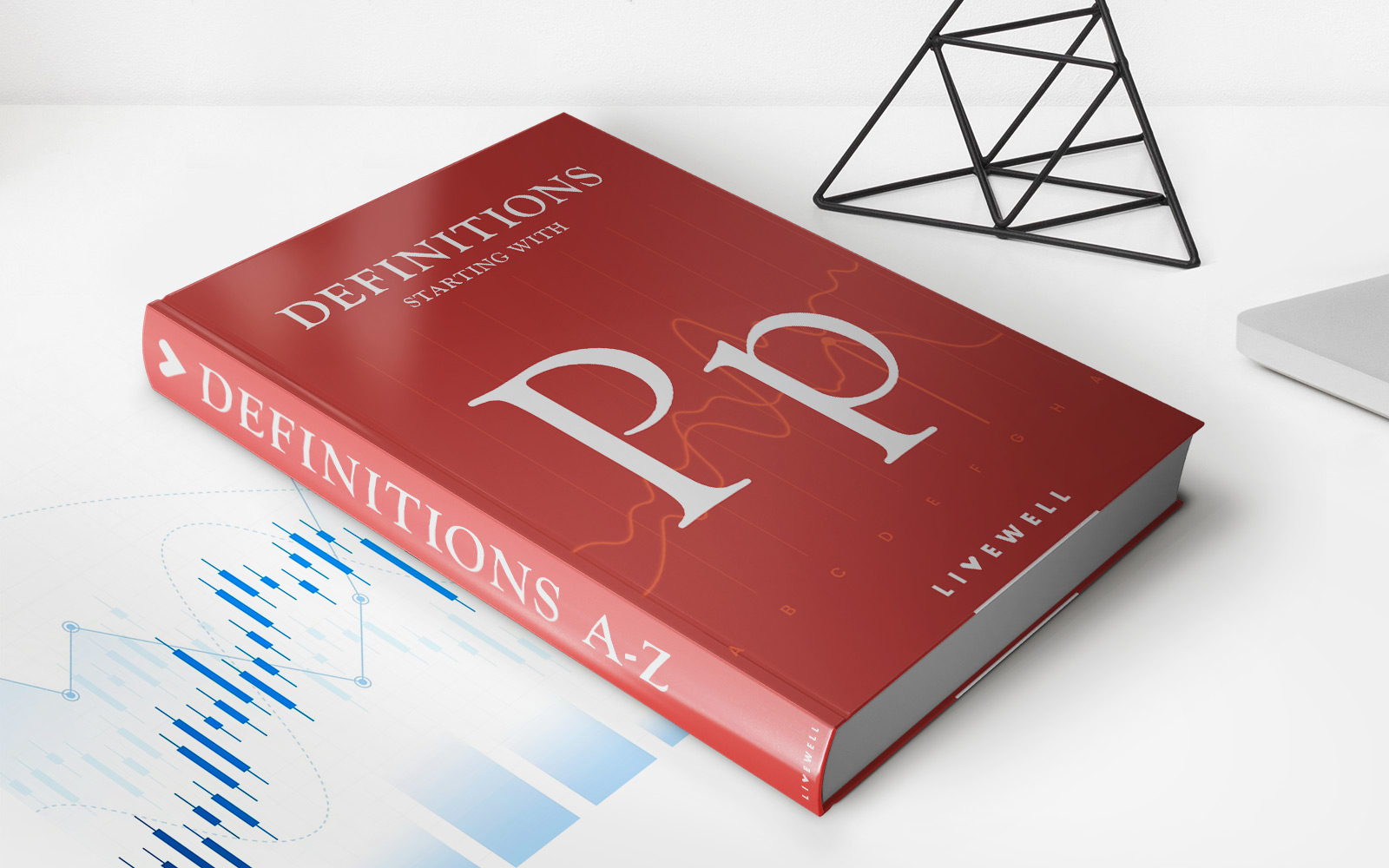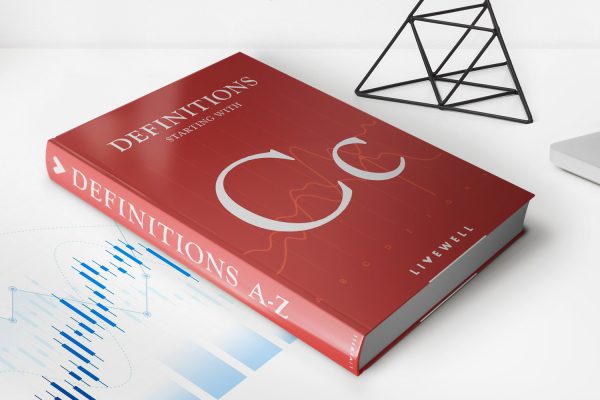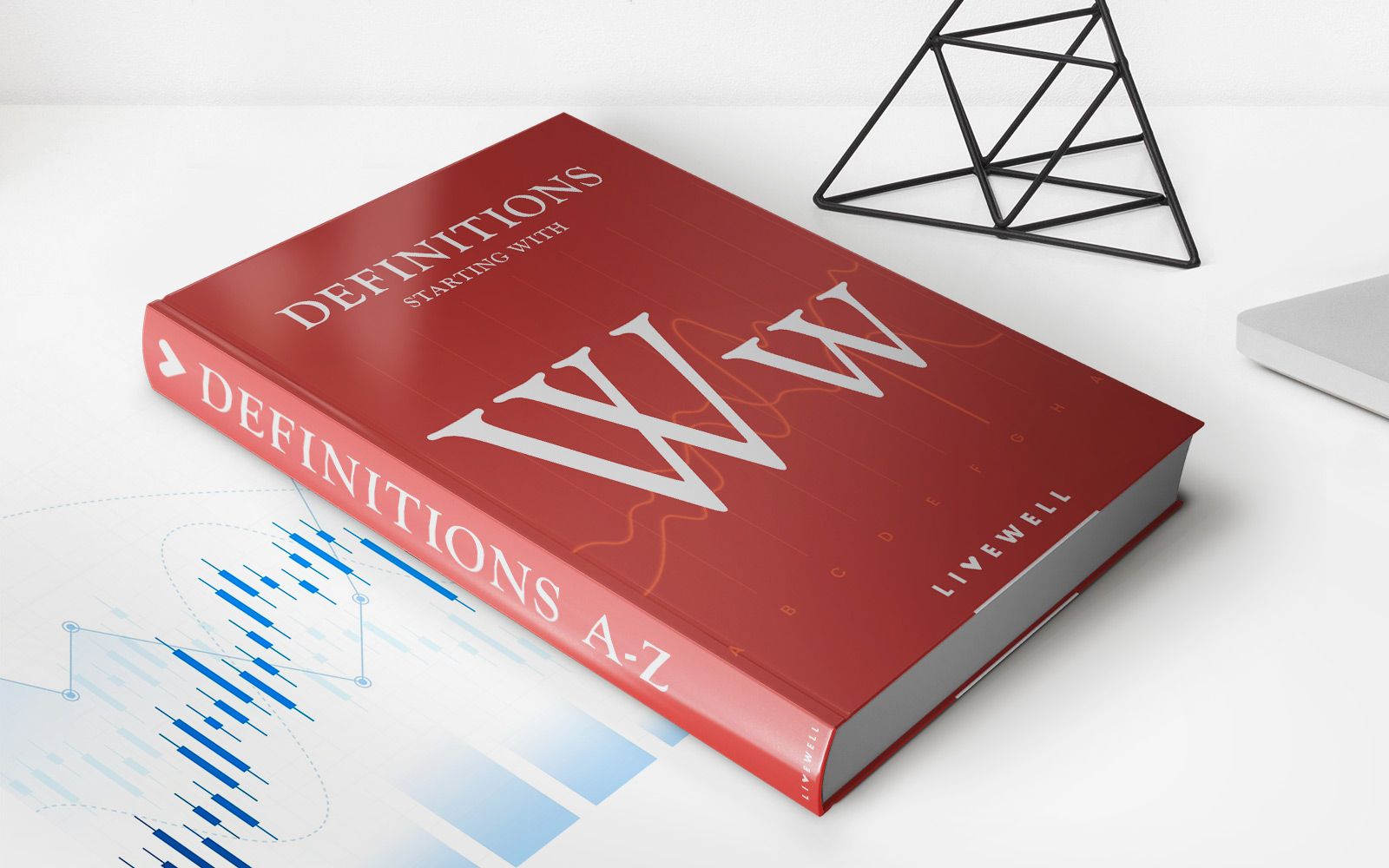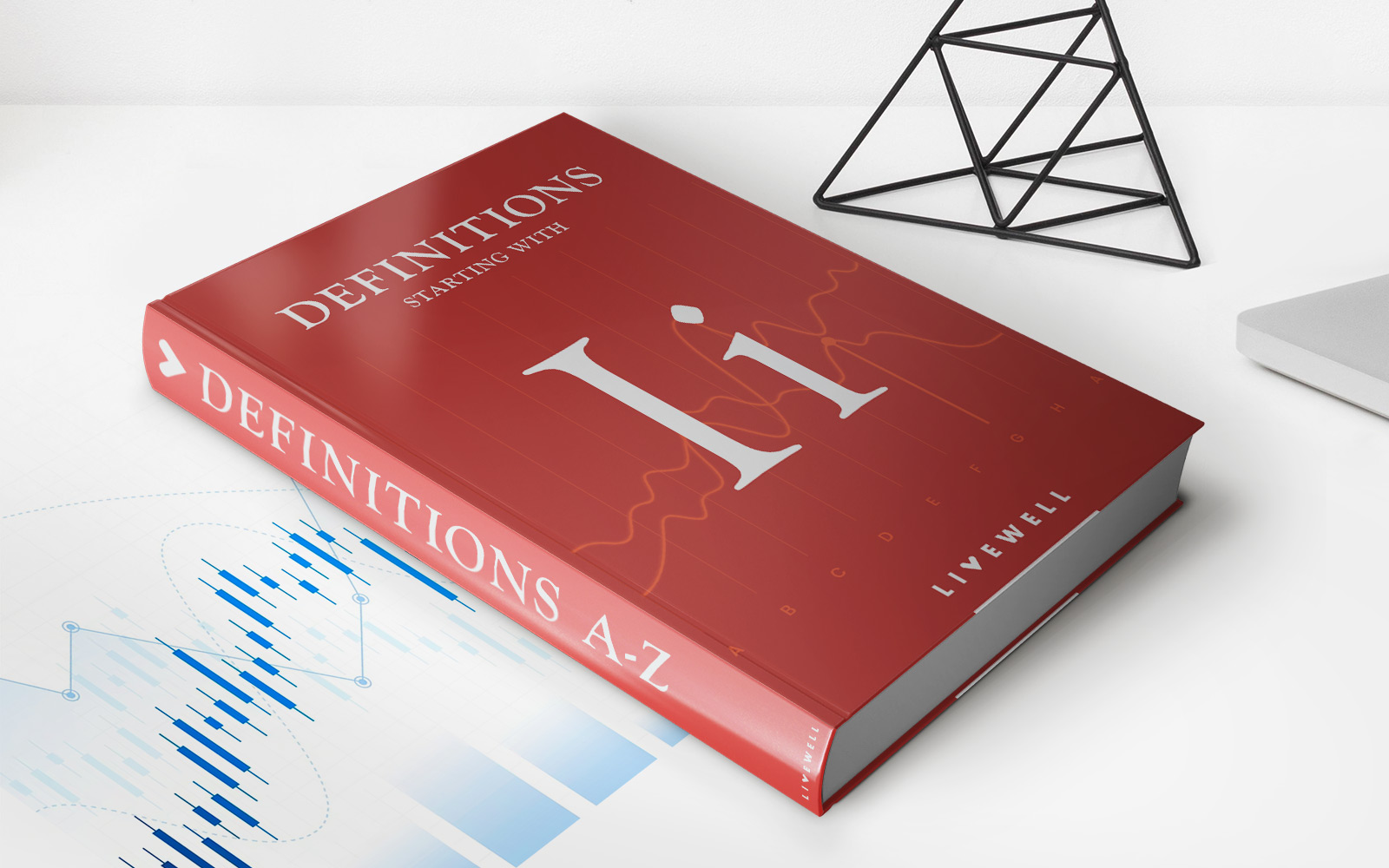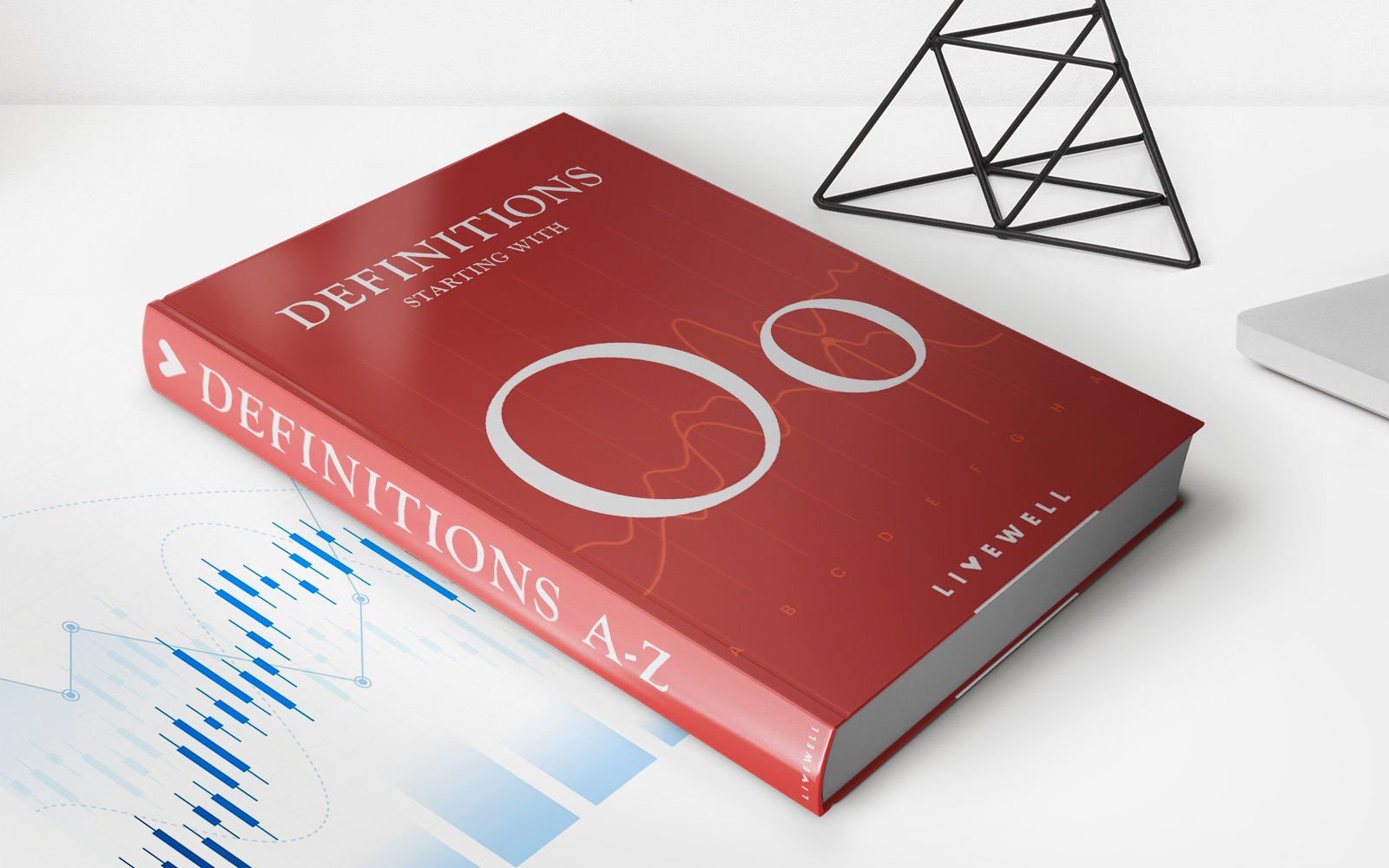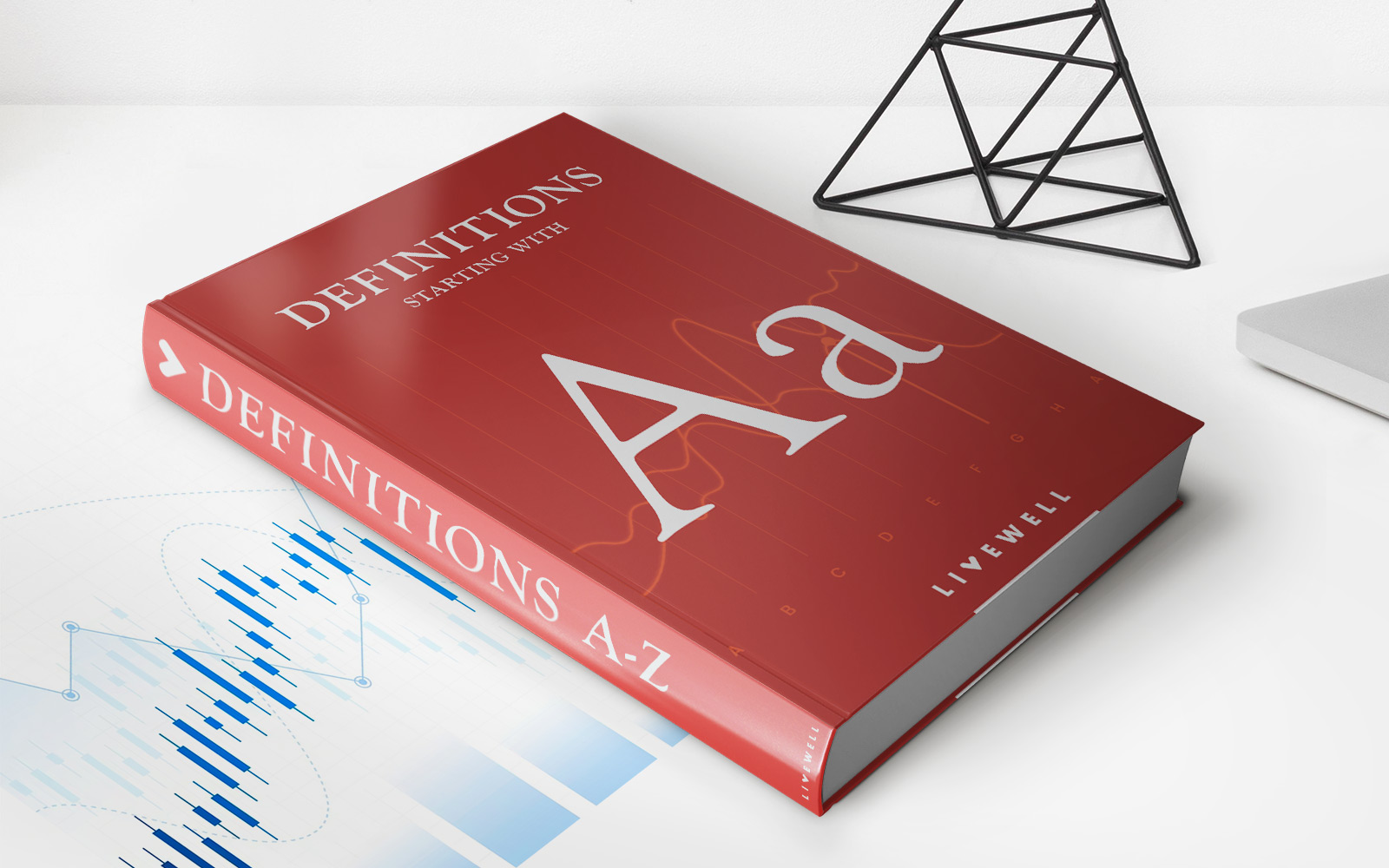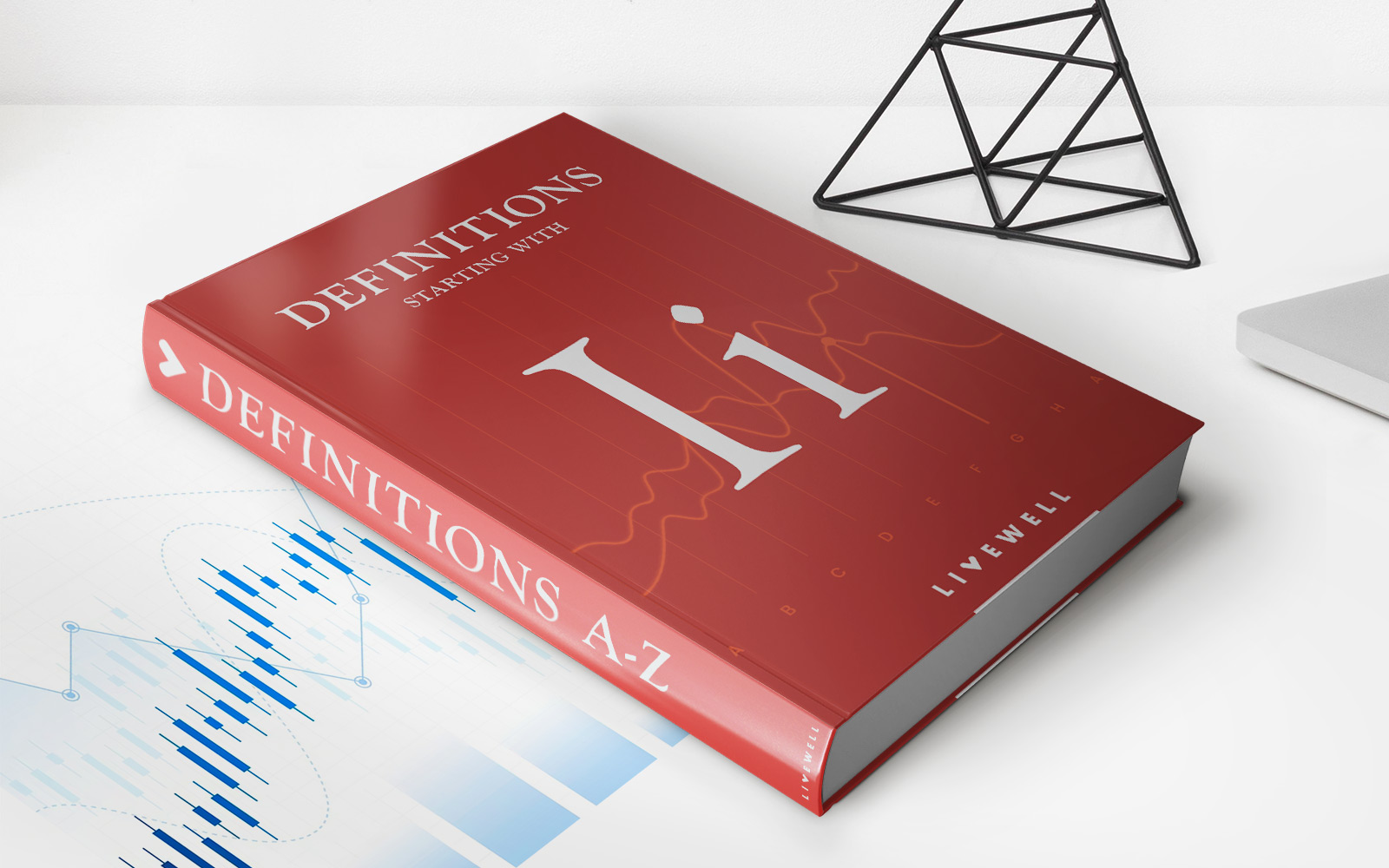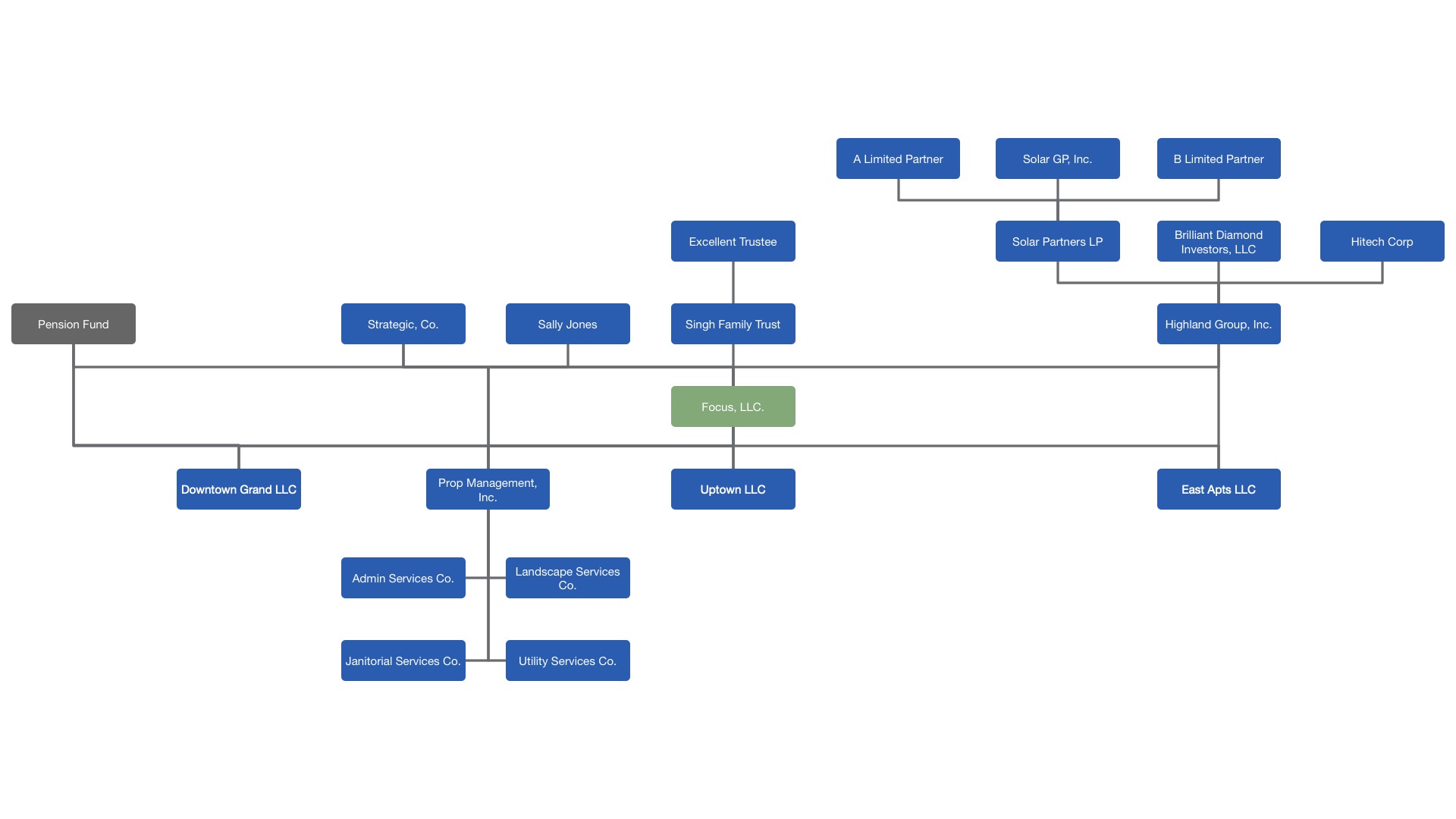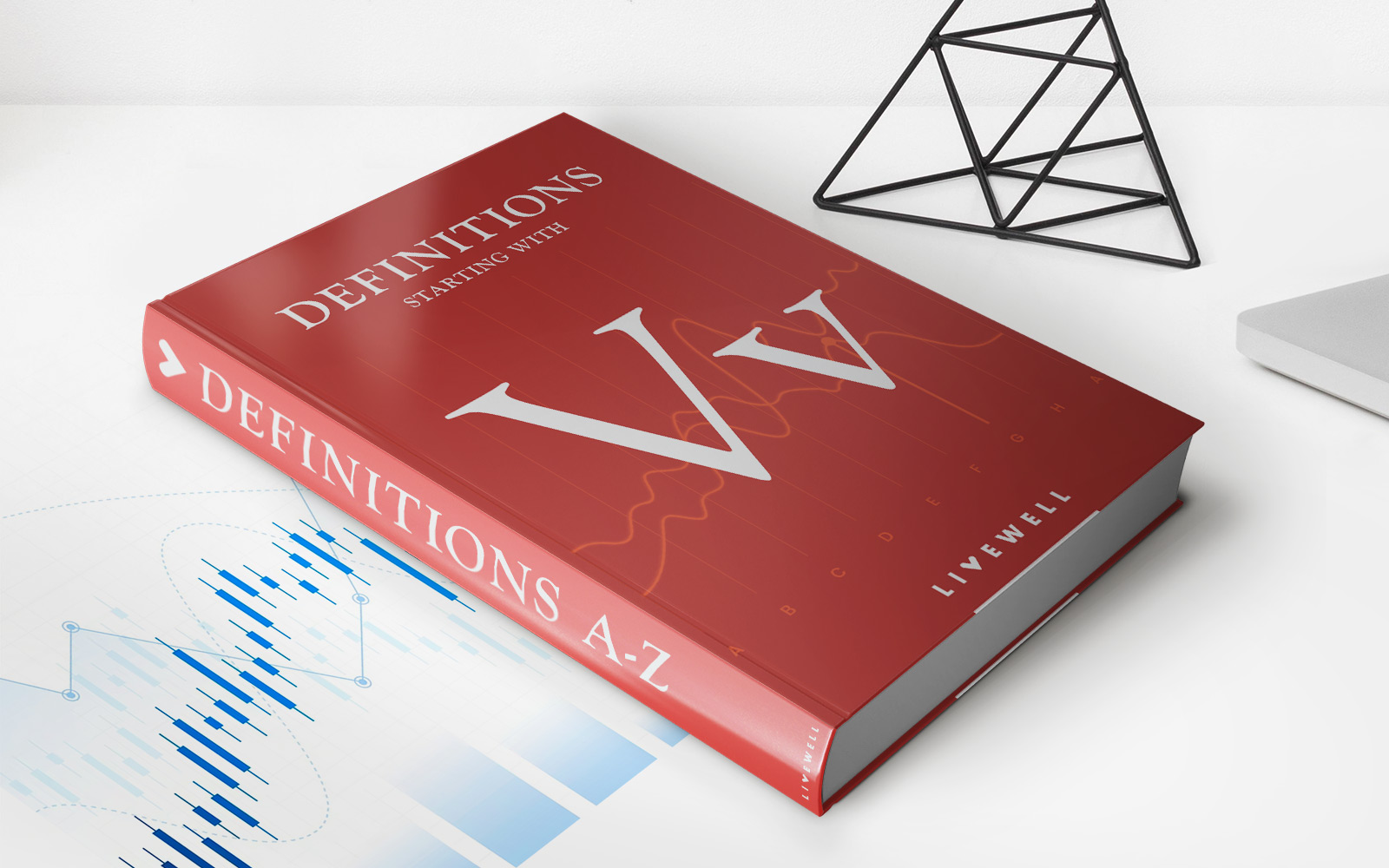Home>Finance>Permutation Definition, Formula, 4 Types & Examples


Finance
Permutation Definition, Formula, 4 Types & Examples
Published: January 7, 2024
Explore the definition and formula of permutations in finance, along with four different types and real-life examples. Maximize your understanding of finance with insightful explanations.
(Many of the links in this article redirect to a specific reviewed product. Your purchase of these products through affiliate links helps to generate commission for LiveWell, at no extra cost. Learn more)
Permutation Definition, Formula, 4 Types & Examples: Unlocking the World of Possibilities
Welcome to our Finance blog series! In today’s post, we will dive deep into the fascinating realm of permutations. Whether you’re a finance professional, a curious student, or simply someone looking to expand their knowledge, understanding permutations is essential. So, let’s explore the definition, formula, four different types, and examples of permutations, unlocking a world of possibilities along the way.
Key Takeaways:
- Permutations are arrangements or orderings of a set of objects or elements.
- Permutations can be calculated using the formula “nPr,” where n represents the total number of objects and r represents the number of objects selected for the arrangement.
What are Permutations?
Before we dive into the formula and types of permutations, let’s start with the basics. Permutations can be defined as the arrangements or orderings of a set of objects or elements. They are used to calculate the number of distinct ways objects can be arranged.
The world of permutations is filled with fascinating possibilities. Imagine you have a bag containing five different colored balls: red, blue, green, yellow, and orange. How many different ways can you arrange these balls?
Calculating permutations allows us to answer questions like these. By understanding the formula and different types of permutations, you’ll be able to solve puzzles, analyze investment opportunities, and uncover patterns that lead to financial success.
Permutation Formula
The formula to calculate permutations is denoted as “nPr,” where n represents the total number of objects and r represents the number of objects selected for the arrangement. The permutation formula can be expressed as:
nPr = n! / (n – r)!
Note: The exclamation mark (!) represents the factorial of a number.
Let’s break down the permutation formula with an example. Suppose you have a deck of cards containing 52 cards (n = 52), and you want to know how many ways you can arrange 5 cards (r = 5) from the deck. Using the permutation formula, we can calculate:
nPr = 52! / (52 – 5)! = 52! / 47! = (52 x 51 x 50 x 49 x 48)
By simplifying the expression, we find that there are 311,875,200 different ways to arrange 5 cards from a standard deck.
Types of Permutations
Permutations can be classified into four different types, based on various conditions:
- Permutations without repetition: In this case, each object can only be used once in the arrangement. For example, finding the number of ways to arrange a set of unique letters.
- Permutations with repetition: Here, the objects being arranged may have repetitions. For example, arranging the letters in a word like “MISSISSIPPI.”
- Permutations with restrictions: In these permutations, certain objects have specific positions or restrictions. For example, arranging a group of students in a line with two friends always standing next to each other.
- Circular permutations: This type of permutation involves arranging objects in a circle instead of a linear line. For example, arranging people around a circular table for a meeting.
Examples of Permutations
Let’s work through a few examples to solidify our understanding of permutations:
Example 1:
In how many ways can the letters P, E, and R be arranged?
To calculate the number of ways to arrange the three letters, we can simply calculate the permutation as follows:
nPr = 3! / (3 – 3)! = 3! / 0! = 3 x 2 x 1 = 6 ways
Therefore, the letters P, E, and R can be arranged in 6 different ways.
Example 2:
Consider the word “MATHS.” How many different ways can the letters be arranged?
In this case, we have a word with repetitions. The word “MATHS” contains two ‘M’s and two ‘S’s. To calculate the number of permutations, we use the permutation formula:
nPr = 5! / (2! x 2!) = 5! / 4 = 5 x 4 = 20 ways
Therefore, the letters in the word “MATHS” can be arranged in 20 different ways.
In Conclusion
Permutations are a powerful tool for analyzing possibilities, whether in finance or various other fields. By understanding the definition, formula, types, and examples of permutations, you now have the key to unlock a world of possibilities. So go forth, explore, calculate, and uncover the magic of permutations!


